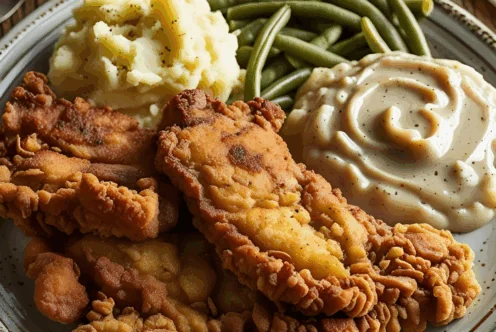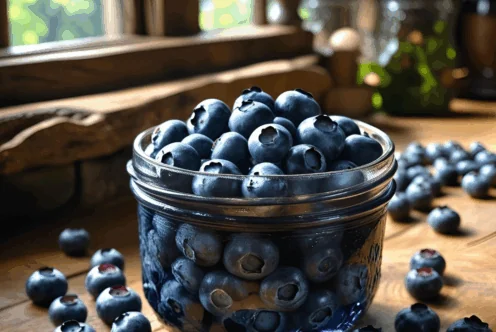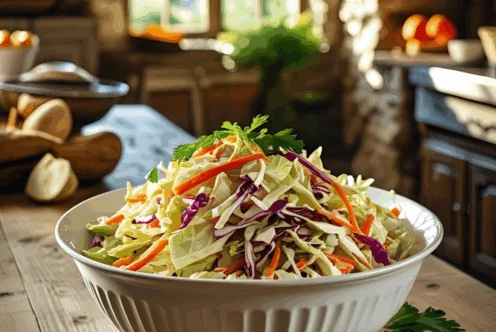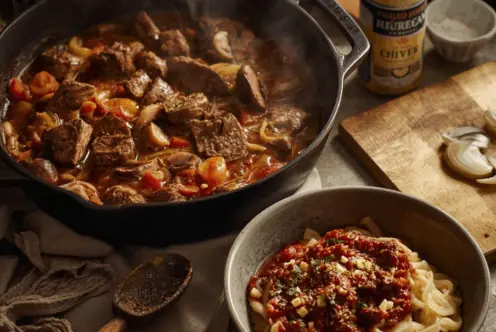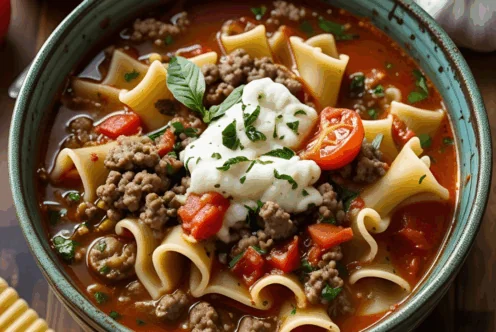Blog
Fill Your Plate With… Rhubarb!
By Morgan Crawford, Current ASU Nutrition Student
So, you’re wondering what rhubarb even tastes like, let alone what to do with it! I am here to provide all the information you could ever need about this brightly colored stalky vegetable!
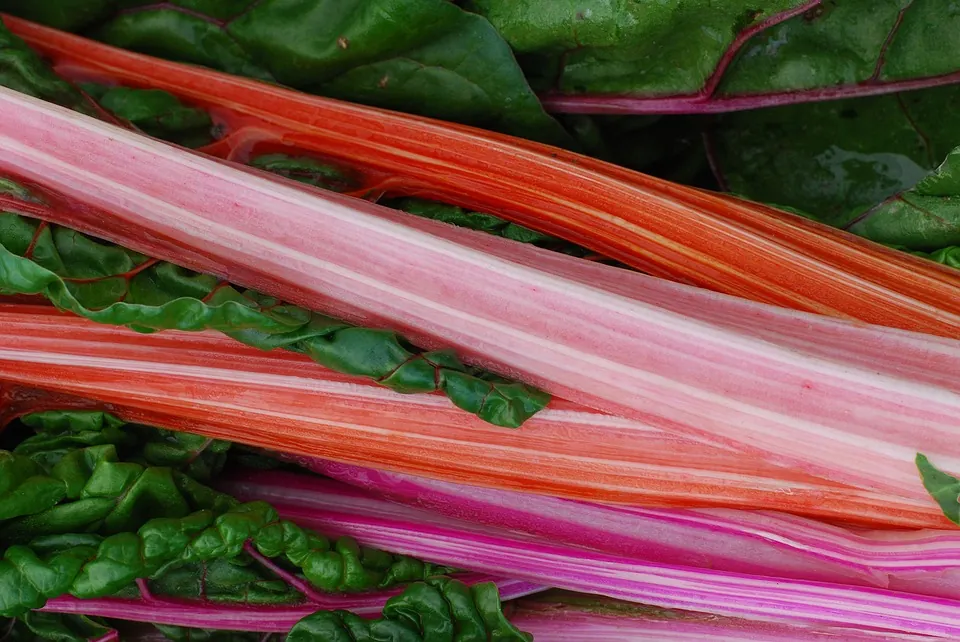
Rhubarb is a perennial plant, meaning that it remains in the ground after harvest and will continue to produce for several years. Between seasons of harvest, it requires very little upkeep, making it a great addition to any garden. One thing that should be considered though, is that the leaves are actually quite poisonous due to the high levels of Oxalic acid. Though the leaves must be avoided, the red stalk of the vegetable is perfectly safe to eat.
Rhubarb has quite a unique growth process. There are actually two different methods for planting and growing this vegetable. The traditional route is to plant it like any other vegetable and harvest in Spring. The second option is called forcing, where the rhubarb is planted in January and a large clay pot is placed over the crown of the crop to keep any light from reaching it. This forces the rhubarb to grow much more quickly and be ready for an earlier harvest. One warning for this method is that forcing the same crop several times will result in a weaker plant.
There are also several varieties of this perennial vegetable, which include Holstein Blood Red, McDonald’s Canadian Red, Canada Red, Colorado Red, Victoria, Riverside Giant, Turkish, German Wine, Sutton, Sunrise,Timperley Early, and Glaskins Perpetual. Who knew there were so many different kinds of rhubarb!
For me, the nutritional quality of food is always a top priority, and rhubarb does not disappoint in this department. It is chock full of vitamins, minerals, fiber, and more. Rhubarb is high in vitamin K, A, B, iron, potassium, and phosphorus. The level of vitamin K is the most notable quality of this vegetable. Vitamin K is responsible for blotting clotting and, brain and neural health. Recent studies have even shown that it may even be a powerful preventative of Alzheimer Disease and overall improvement of memory.
I have to be honest with you and say that I had never personally cooked with rhubarb until just recently. After talking to some of my friends and family, it turns out that I’m not alone! Rhubarb is one of those vegetables that I think people just don’t know what to do with. At least that’s how I felt about it. My grandmother always had rhubarb in her kitchen; she used it for pies, muffins, and even jams and sauces. I was just confused about why she was using a vegetable in sweet dishes! As it turns out, rhubarb is primarily used as a fruit, even though it is technically classified as a vegetable. Because rhubarb is treated as a fruit, it is perfect for sweet recipes such as quick breads, cakes, pies, and jams. It is also quite commonly paired with strawberries. Many people compare its taste to that of a very tart green apple. It has a sharp bitter flavor, which is why it is almost always has to be paired with sugar. If used correctly, it adds a delicious flavor to any sweet dish.
Here is a recipe for Rhubarb Muffins that I recently found on Pinterest:
Ingredients
- 1½ cup all-purpose flour
- ⅔ cup coconut sugar
- ½ teaspoon salt
- 2 teaspoons baking powder
- ¼ teaspoon cardamom
- ⅓ cup coconut oil melted
- ⅓ cup unsweetened applesauce
- ⅓ cup non-dairy milk I used almond milk
- 1 teaspoon vanilla extract
- ¾ cup chopped rhubarb
- ¼ cup sliced almonds
Instructions;
- Preheat your oven to 375 degrees Fahrenheit.
- Line muffin tray with paper or foil muffin liners.
- Combine the dry ingredients (flour, baking powder, cardamom, coconut sugar, and salt) in a large bowl.
- Add in wet ingredients (milk, coconut oil, vanilla and applesauce) and stir until combined.
- Gently fold in rhubarb.
- Portion batter into muffin cups, filling them about ¾ to the top.
- Sprinkle sliced almonds on top.
- Bake for 15-20 minutes, using a toothpick or small knife to see when it comes out clean.
For more fin and exciting blog, articles be sure to check out the Fill Your Plate blog. Are you looking for some recipe inspiration? Check out the Fill Your Plate recipe section.












